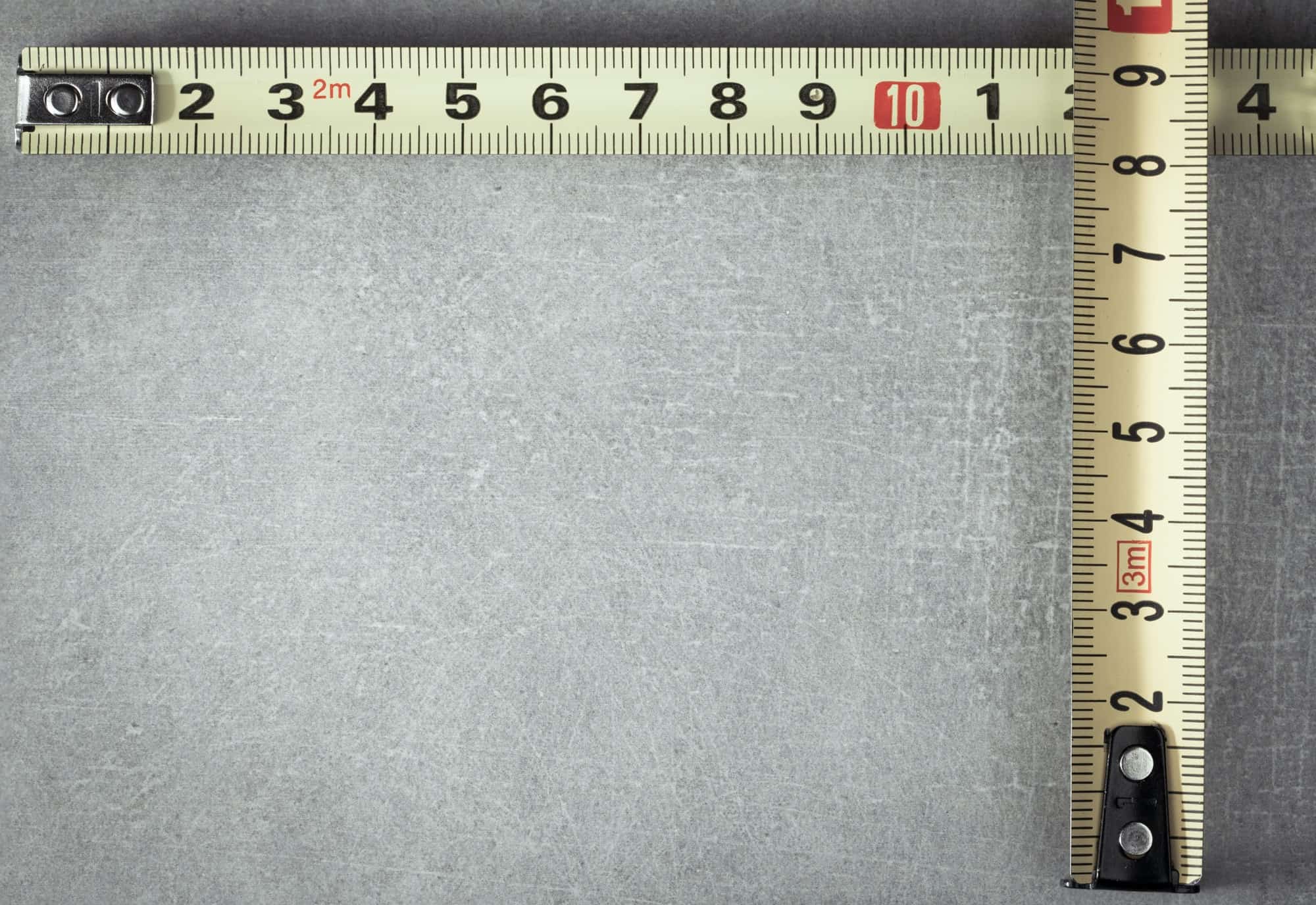Your competitors can be broken down into two groups: direct and indirect.
The direct ones are the ones who serve customers in your exact niche. They may not be located in your geographical area, but they sell products and services that are essentially interchangeable with yours. This is a crucial distinction. If you’re a plumber, the other plumbers in town aren’t your direct competitors, because each of them offers something different from the others. You’re competing against them only indirectly, by offering a better price or faster service or higher quality or whatever it is you do better than they do.
How many direct competitors you have depends on how narrowly you define your niche. If you define yourself as a plumber who does bathroom remodeling, there may be four or five of you in town. If it’s just bathroom remodeling, though, there may be only one. In the latter case, all of your competitors are direct.
If you don’t know how many direct competitors you have, try looking at a few of your ads from last year and counting the number of businesses similar to yours that were advertising at that time. Or talk to some customers and ask which companies they would consider when buying a product like yours.
It is a mistake to think of marketing as something you do to your customers. Your customers don’t care about your marketing, and if they did it wouldn’t help them. They care about their problems, and your marketing is a means of showing how your solution will solve their problems.
The way to win at marketing is not to be cleverer than your competitors, but to understand better than they do what your customers’ problems are.
I am not saying that understanding customers is easy. It is very hard. But I am saying that it is the only way to win in the long run, because the only thing that changes over time is what people want. If you don’t keep up, either through some kind of intuition or by doing a lot of work to figure out what has changed, someone else will.












